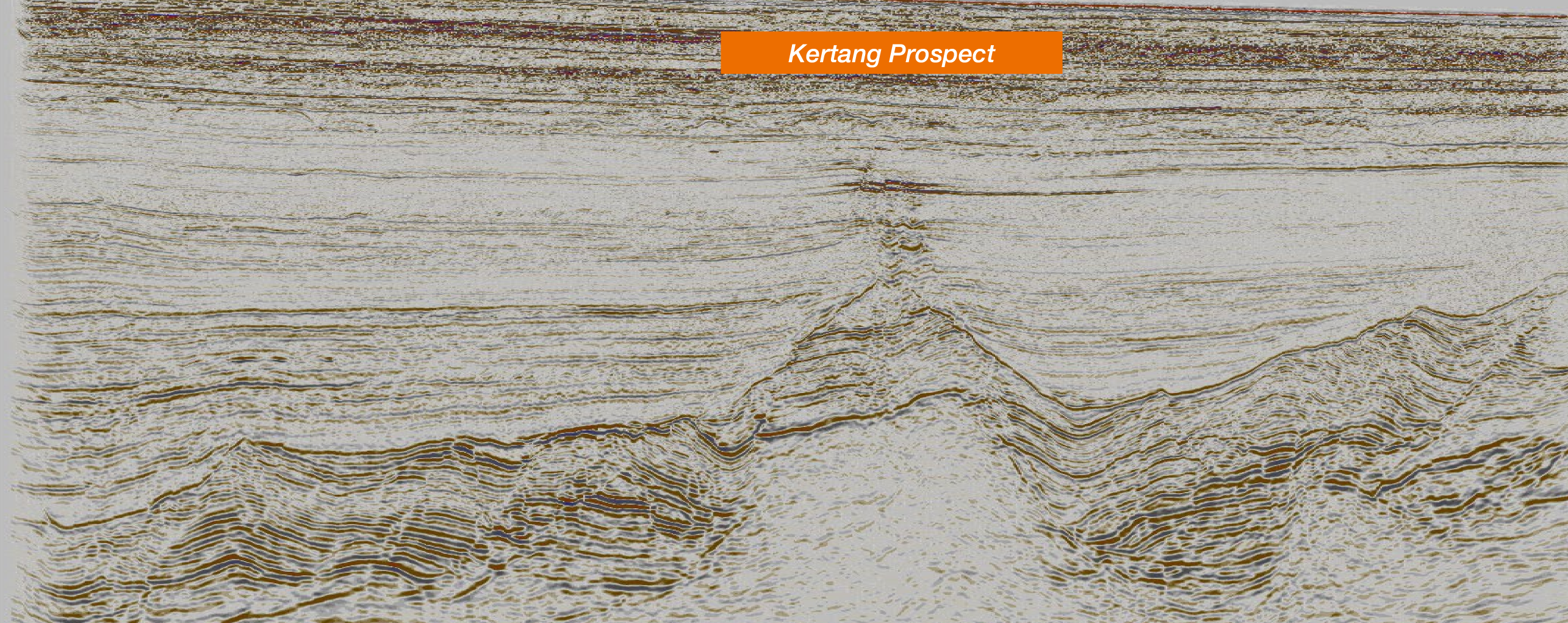The PETRONAS “myPROdata” portal offers a wide variety of opportunities assisted by access to data. This has attracted familiar and new domestic and overseas investors, with Discovered Resource Opportunities (DROs) being particularly successful. A notable new entrant is Ping Petroleum, part of Malaysian entity Dagang NeXchange Berhad (DNeX). Ping represents the DNeX upstream arm which focuses on shallow water offshore production, specialising in brownfield redevelopment of producing fields.
Subsidiary Ping Petroleum Sdn Bhd (PPSB) was awarded its third offshore Malaysia PSC of 2023 on 30 October, covering the Abu Cluster. This followed the awards of the Meranti Cluster PSC and the A Cluster PSC on 17 January.
All three assets were offered as DROs under the Malaysia Bid Round 2022 (“MBR 2022”) by PETRONAS through Malaysia Petroleum Management (MPM). The DROs are offered to promote clusters of discoveries and small or marginal fields as Late Life Assets (LLAs) or Small Field Assets (SFAs) and to encourage innovation under tailored fiscal enhancements to the PSC model which were introduced in 2019 for LLAs and 2020 for SFAs.
ABU cluster
The Abu Cluster consists of the shut-in Abu Main, Abu Kecil and Abu SW oil and gas fields which are located in the NE Malay Basin in about 60 m of water close to the maritime boundary with Vietnam. These were awarded as an LLA for 10 years under enhanced commercial terms which will include abandonment. Remaining reserves are estimated at 5 MMbo.
The fields were discovered by Esso in the early 1990s and developed by Petronas Carigali and partners under the PM-318 and AAKBNLP PSCs. The development comprised a single platform at Abu (Abu A) with long-reach wells used to drain the Abu Kecil and SW Upthrown fault blocks. Oil and gas were processed between 2007-2016 through the Abu FSO, which was subsequently decommissioned. Maximum production from the fields was about 15,500 bo/d in early 2009 from Early Miocene stacked lower shoreface sandstones in three discrete fault block traps.

A cluster
The A and Meranti clusters were awarded to Ping as SFAs. The A Cluster is located 290 km offshore Sarawak in 65 m of water in the Tatau Province of the greater Balingian Basin and comprises the undeveloped A3 and A21 oil and gas discoveries which were drilled by Elf in 1990 and 1991 respectively. The PSC for the A Cluster is held by PPSB (70%, operator) and Petroleum Sarawak E&P Sdn Bhd (PSEP, 30%). Details regarding reserves and possible development options have yet to be announced.
The A3 gas discovery was appraised by Petronas Carigali in 2009 with two wells. Hydrocarbons are present in Lower Miocene clastics in a complex E-W trending faulted anticline. The A21 oil and gas discovery encountered an upper gas and condensate bearing reservoir and a lower oil and gas bearing zone, both in Lower Miocene clastics.
MERANTI cluster
The Meranti Cluster is located 80 km offshore Kuala Terengganu in shallow water in the West Malay Basin and covers the previously developed Meranti and Kapal oil fields and the undeveloped Merpauh 1 oil and Ipoh 1 gas discoveries. The PSC for the Meranti Cluster is held by PPSB (60%, operator) and Duta Marine Sdn Bhd (DMSB, 40%).
The Meranti and Kapal fields, both discoveries in Middle Miocene clastics in NW-SE oriented structural traps, were drilled on trend with the Resak and Beranang fields in 1983 but were considered marginal under the original PSCs.
The new Meranti Cluster SFA includes the Merpauh 1 oil discovery in Middle Miocene clastics drilled by Coastal in 2017 and Ipoh 1 gas discovery in Middle Miocene clastics drilled by Petronas Carigali in 1997. Development is likely to utilise a Mobile Production Unit (MoPU) option with partner Duta Marine an established provider of services for brownfield developments.
Other SFAs
Since 2020, four other SFAs have been awarded by PETRONAS. The first was the SE Collins Cluster offshore Sabah which was signed in April 2021 by Vestigo Petroleum Sdn Bhd (100%), a subsidiary of Petronas Carigali established to specialise in small and marginal field development. This SFA covers the SE Collins and Lokan fields.
In August 2021, SFA PSCs covering the Diwangsa Cluster (Diwangsa, Bubu, Korbu, Lerek fields) and the Rhu-Ara Cluster, both located in the Malay Basin, were awarded to Singapore-based Rex International Holding Ltd (95%) and Malaysian partner Duta Marine.
Finally, the Baram Junior Cluster covering the Bario, Betty Timur, Fatimah, Hasnah, Lembuk, and Salbiah fields offshore Sarawak was awarded to Malaysia’s Dialog Group (70%) partnered by PSEP (30%).
Traditional PSCs still attracting investors
Of the “traditional” exploration blocks offered under MBR 2022, deep water Block 2A has perhaps attracted the most attention since its award to UK-based Longboat Energy in February 2023. Longboat has since increased its equity in the block to 52.5% through the acquisition of the privately held original partner Topaz and its 15.75% stake. Operator Longboat is now partnered by Petronas Carigali (40%) and PSEP (7.5%).
Within Block 2A, the Kertang Prospect lies in 1,000 m of water and comprises a N-S trending anticlinal closure with estimated potential mean prospective gas resources of 8-10 Tcf in multiple stacked Cycle I and Cycle II/III reservoirs.
With prospects of the quality of Kertang and a further 10 exploration blocks and two DROs offered under MBR 2023, Malaysia can certainly be considered as an ongoing “Hotspot” in the APAC region.





